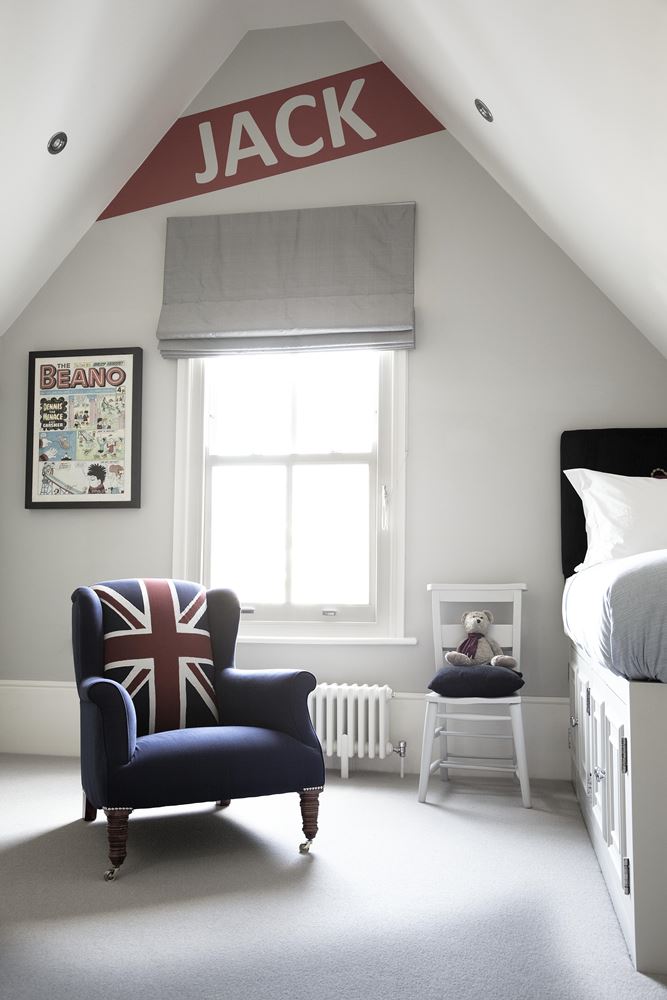The Most Influential Design Trends Through History

Interior design works in cycles, where statements from decades past are often reinterpreted, reused and adapted in more recent styles.
As a result, if someone wants to see what the next huge design trend will be after hygge and Japandi run their course, they are best served looking to the past, and the most influential design trends from the early days of modern interior design.
Here are some of the most influential design trends and how they can be adapted to create some truly modern looks.
Art Nouveau
The best place to start is a style known simply as the “modern style” and was popular in the fin-de-siécle era of the 1890s and early 1900s.
The sweeping, dynamic lines of Art Nouveau are intensely captivating and are best used as a statement piece in an otherwise minimalist style to immediately draw the eye.
Art Deco
If Art Nouveau was seen as a backlash to the relentless historical obsession of the Victorian era, Art Deco took this a step further, with bold sweeping geometric shapes inspired by the cubist works of Picasso.
Because of how elaborate and unique Art Deco is, it often makes very regular comebacks, as metal textures, round mirrors and geometric shapes never truly go out of style.
Whilst its peak was from the early 1910s before the First World War to the Wall Street Crash in 1929, it did have a direct successor in the form of the more subtle, steel, glass and concrete dominated Streamline Moderne.
Bauhaus
Arguably the first modern design style, Bauhaus is about the combination of form and function, of art and architecture, seeing these concepts as not in conflict but mutually necessary to create the most stunning and effective living spaces.
Given its bold, primary colours and prototypically minimalist aesthetic, Bauhaus may well make a more serious comeback in the next few years.